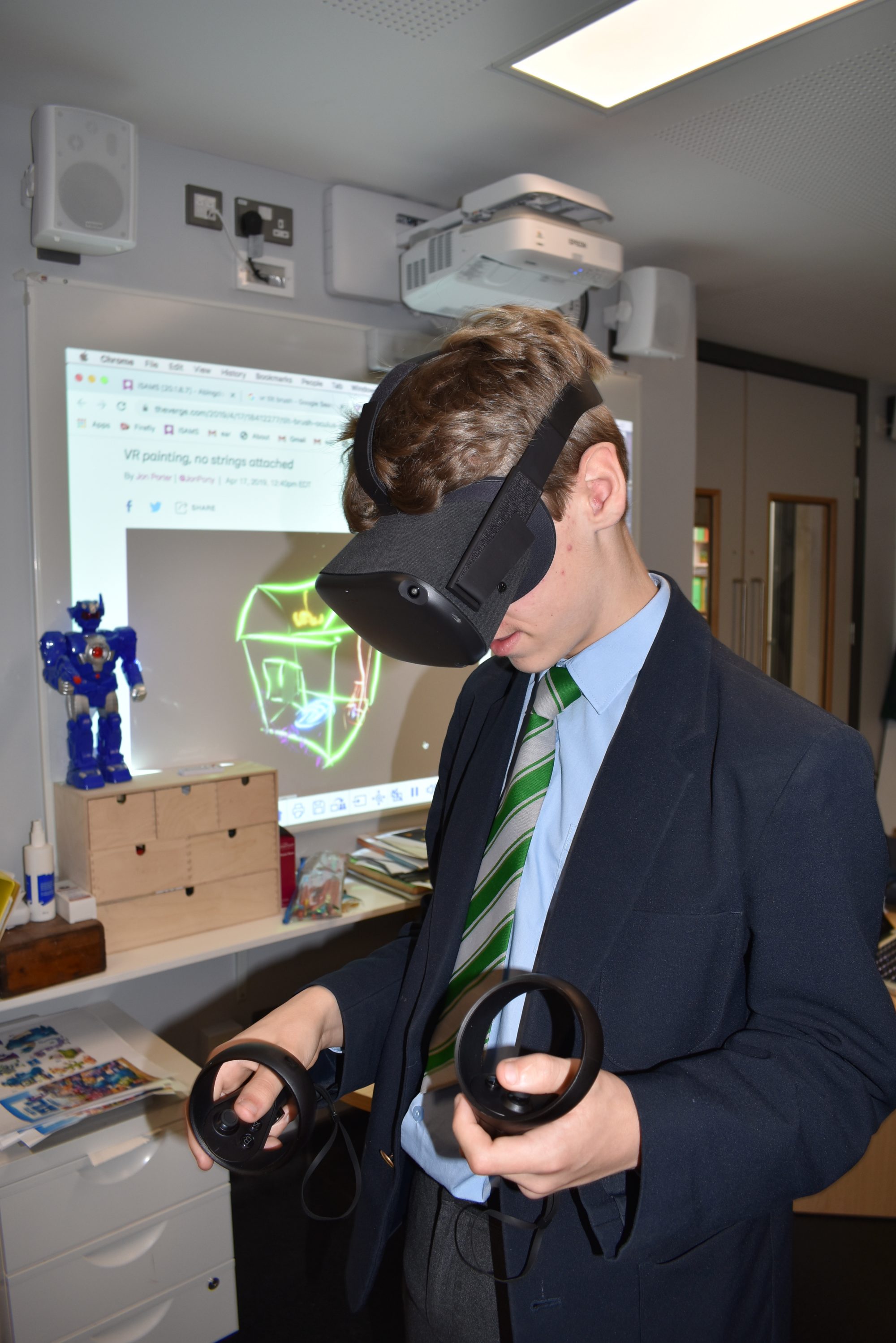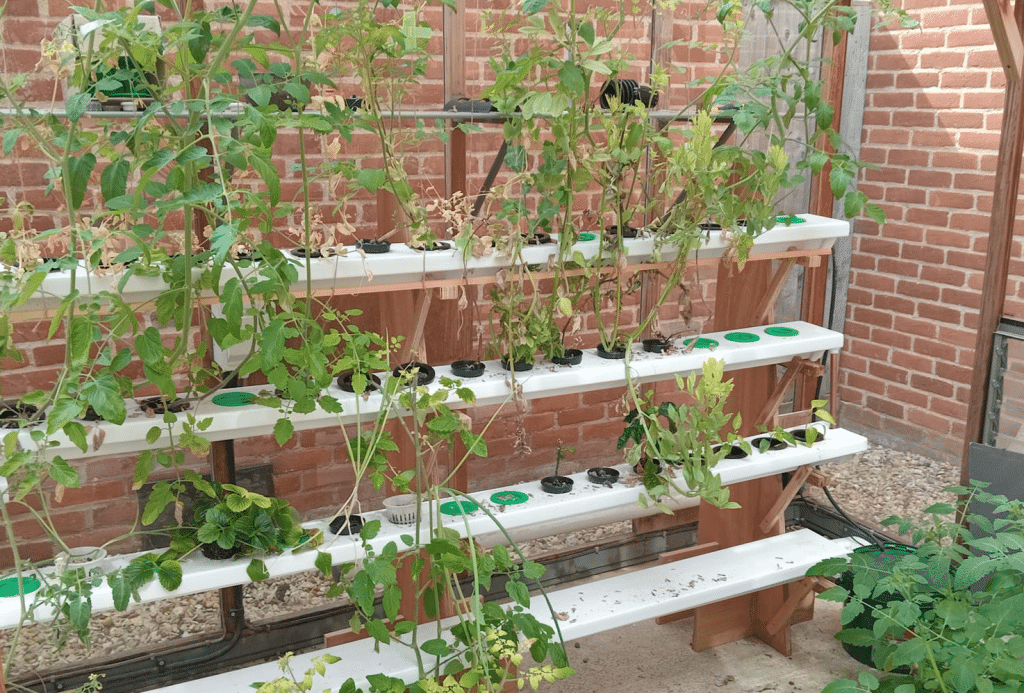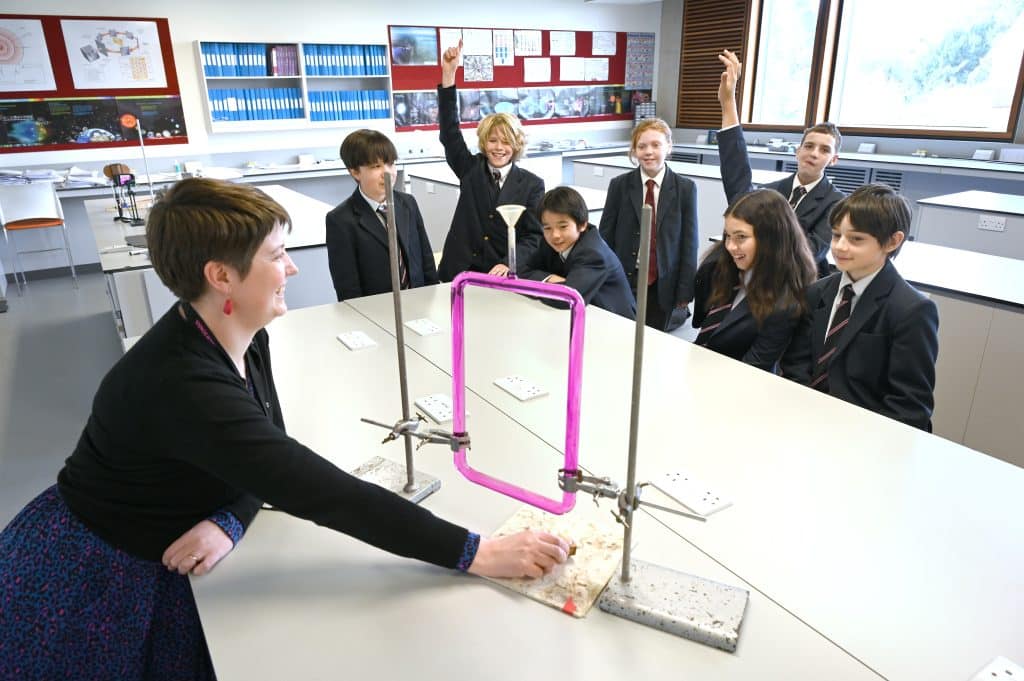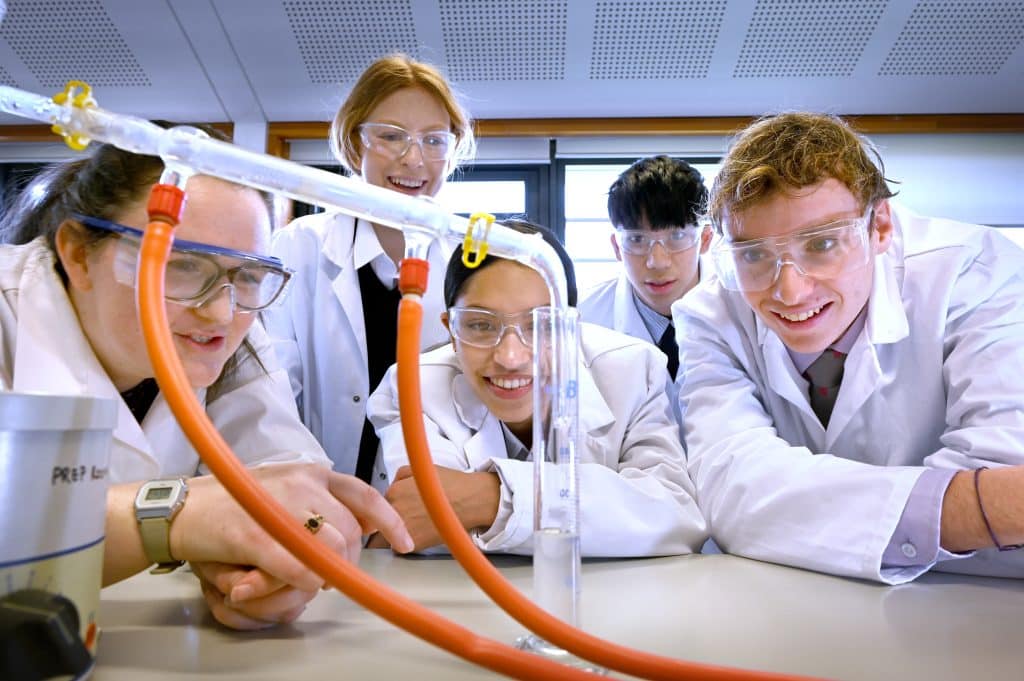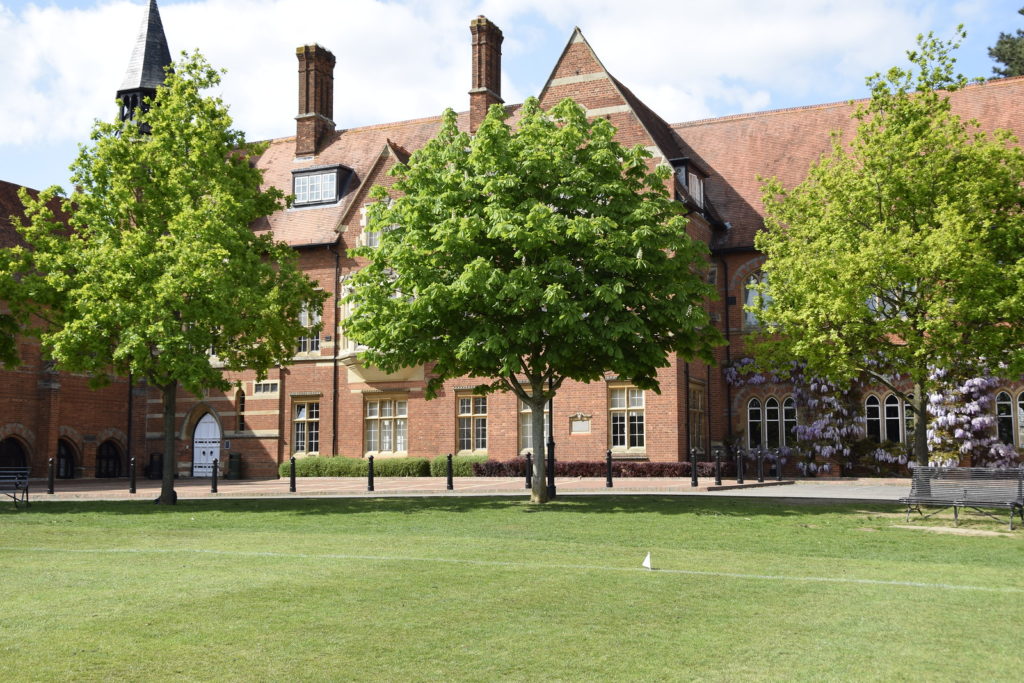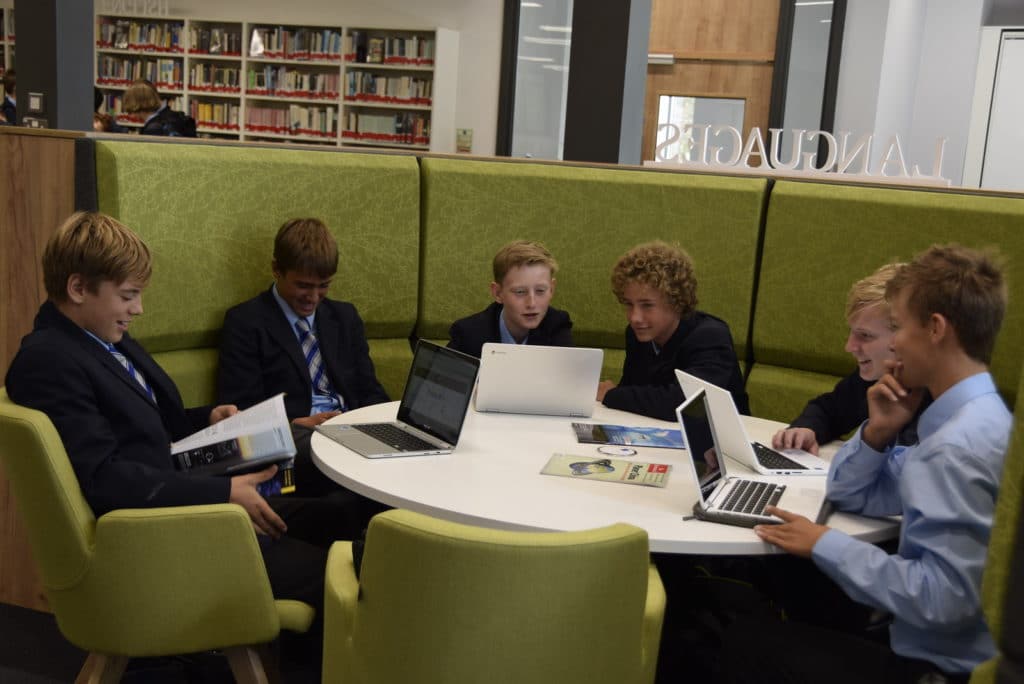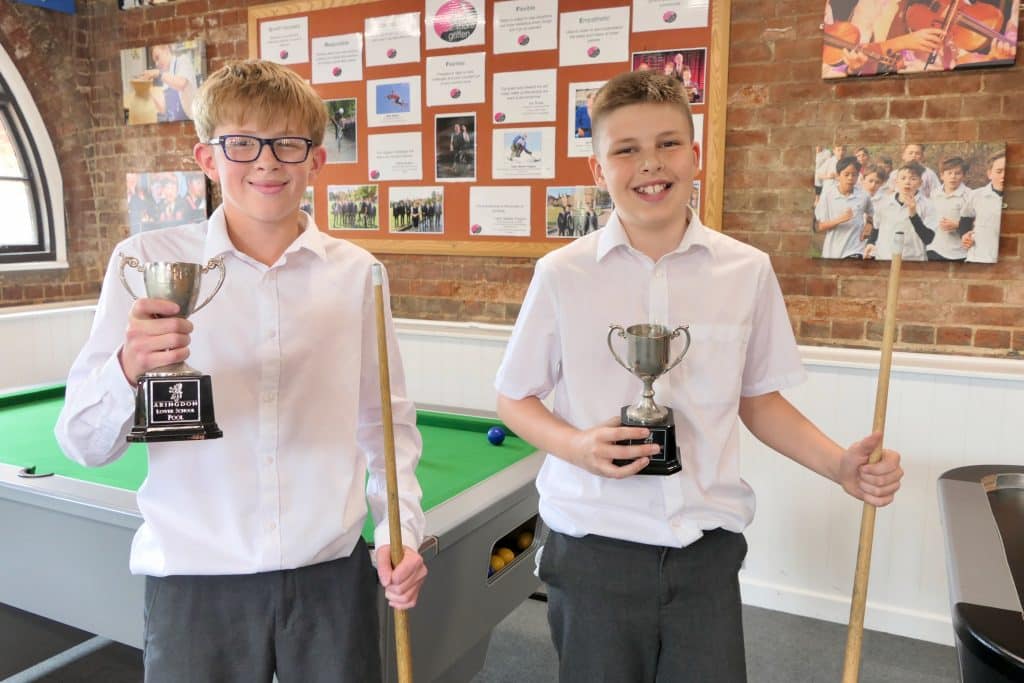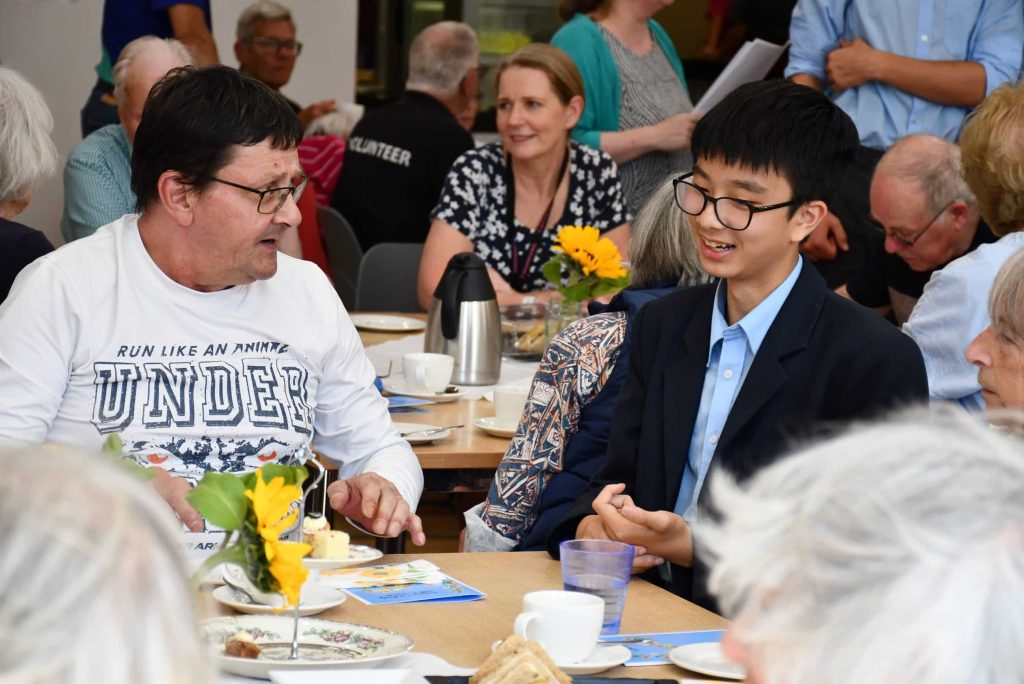Virtual Reality – reinventing the classroom experience
By Paul Williamson, Head of Art
Imagine flying as a co-pilot on the Dambusters’ experience without setting foot on a plane. Or trying your hand as a top engineer or product designer creating the ergonomic shape of a vehicle. Alternatively, open your creative mind to drawing or painting directly in a 3D space.
The reality is that what we thought was the future is very much in the present. Advances in technology have made VR an educational tool that could improve our learning.
All the software mentioned in the above videos is now readily available. Students can explore virtual worlds and experiences that will help their engagement in a number of subjects from student chemists experiencing working in a virtual laboratory to students visiting geographical and classical sites around the world.
Training students in the virtual world allows them to learn safely and inexpensively. Learning outside of a traditional textbook for example by walking through a giant DNA strand or visiting an archaeological dig can help improve understanding and makes subjects far more spectacular and memorable. Games designers have gone one stage further, inventing exciting environments and storylines that really help students engage with topics.
In the past buying into VR for a school has been problematic because of the expense of headsets, additional movement sensors and cable attachments. The educational application in class has also been hampered by the restriction of being able to teach only a small handful of students at any one time. Virtual Reality headsets are becoming more affordable and this immersive experience is becoming more common at home or in the classroom. At present there is limited software for many subjects but for others we have innovative packages such as Tilt brush for Art and Design.
The Art department at Abingdon School has experimented with the School’s VR technology and boys were in awe:
“The software was so exciting. I painted stars, flames, lights in a landscape created in my own mind space. The colours were mind blowing. I was so excited to try something so different that was physically engaging. Being able to see and walk through my own work was spectacular. I would love to do more of this at our school” – a fifth year student.
The advantages to VR in art are manifold and at Abingdon we hope to get VR learning up and running within our department in 2020. The headsets are comfortable and the software is phenomenally easy to use. The VR experience should be embraced as another tool for use in the curriculum. Under the supervision of a teacher as part of their educational learning VR could really advance our understanding of our world past and present. I can certainly see empowered art students leading the way and creating visual masterpieces.
Back to all Blogs